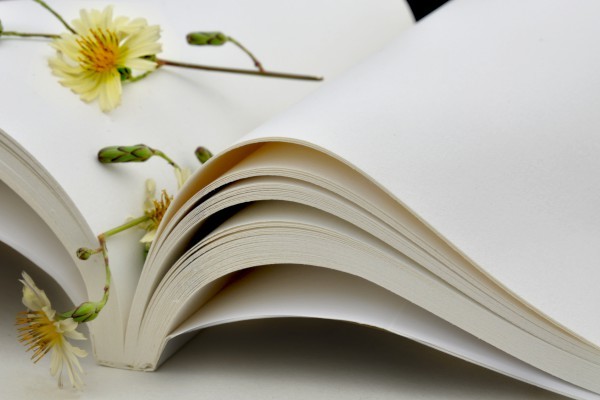【#第一文档网# 导语】以下是®第一文档网的小编为您整理的《飞机发展史演讲稿》,欢迎阅读!

What is an Airplane? Most of us only have to look up into the sky to see an airplane, and many of us have traveled by airplane to places that would have taken much longer by any other means of transportation. An airplane by definition is an aircraft that has a fixed wing and is powered by propellers or jets. Before the Wright Brothers - History of Flight As we all know, the first airplane was invented by the Wright Brothers. However, before it, there were also many early inventions, including Kites, Hot air balloons, Airships, Gliders 。。。 Part 1: Humans try to fly like birds Around 400 BC - Flight in China The discovery of the kite that could fly in the air by the Chinese started Early History of Flight • Part 1: Humans Imitate Birds in humans thinking about flying. Kites were used by the Chinese in religious Flight ceremonies. They built many colorful kites for fun, also. More sophisticated • Part 2: 19th And 20th Century kites were used to test weather conditions. Kites have been important to Flight Efforts the invention of flight as they were the forerunner to balloons and gliders. • Part 3: The Wright Brothers Humans Try to Fly like Birds studied the flight of birds. Wings made of feathers or light weight wood have been attached to arms to test their ability to fly. The results were cannot move with the strength of a bird. Hero and the Aeolipile For many centuries, humans have tried to fly just like the birds and have More on Airplanes • Airplanes Main Page • Dynamics of Flight often disastrous as the muscles of the human arms are not like a birds and • The Parts of an Airplane The ancient Greek engineer, Hero of Alexandria, worked with air pressure and steam to create sources of power. One experiment that he developed was the aeolipile which used jets of steam to create rotary motion. Hero mounted a sphere on top of a water kettle. A fire below the kettle turned the water into steam, and the gas traveled through pipes to the sphere. Two L-shaped tubes on opposite sides of the sphere allowed the gas to escape, which gave a thrust to the sphere that caused it to rotate. The importance of the aeolipile is that it marks the start of engine invention - engine created movement will later prove essential in the history of flight. 1485 Leonardo da Vinci - The Ornithopter and the Study of Flight. Leonardo da Vinci made the first real studies of flight in the 1480's. He had over 100 drawings that illustrated his theories on bird and mechanical flight. The drawings illustrated the wings and tails of birds, ideas for man carrying machines, and devices for the testing of wings. The Ornithopter flying machine was never actually created. It was a design that Leonardo da Vinci created to show how man could fly. The modern day helicopter is based on this concept. Leonardo da Vinci's notebooks on flight were reexamined in the 19th century by aviation pioneers. 1783 - Joseph and Jacques Montgolfier - The Flight of the First Hot Air Balloon The brothers, Joseph Michel and Jacques Etienne Montgolfier, were inventors of the first hot air balloon. They used the smoke from a fire to blow hot air into a silk bag. The silk bag was attached to a basket. The hot air then rose and allowed the balloon to be lighter-than-air. In 1783, the first passengers in the colorful balloon were a sheep, rooster and duck. It climbed to a height of about 6,000 feet and traveled more than one mile. After this first success, the brothers began to send men up in hot air balloons. The first manned flight was on November 21, 1783, the passengers were Jean-Francois Pilatre de Rozier and Francois Laurent. 1799-1850's - George Cayley - Gliders Sir George Cayley is considered the father of aerodynamics. Cayley experimented with wing design, distinguished between lift and drag, formulated the concepts of vertical tail surfaces, steering rudders, rear elevators, and air screws. George Cayley worked to discover a way that man could fly. Cayley designed many different versions of gliders that used the movements of the body to control. A young boy, whose name is not known, was the first to fly one of Cayley's gliders, the first glider capable of carrying a human. For over 50 years, George Cayley made improvements to his gliders. Cayley changed the shape of the wings so that the air would flow over the wings correctly. Cayley designed a tail for the gliders to help with the stability. He tried a biplane design to add strength to the glider. George Cayley also recognized that there would be a need for machine power if the flight was to be in the air for a long time. George Cayley wrote "On Ariel Navigation" that showed that a fixed wing aircraft with a power system for propulsion, and a tail to assist in the control of the airplane, would be the best way to allow man to fly. 本文来源:https://www.dywdw.cn/f8b8e578834d2b160b4e767f5acfa1c7aa0082e9.html

